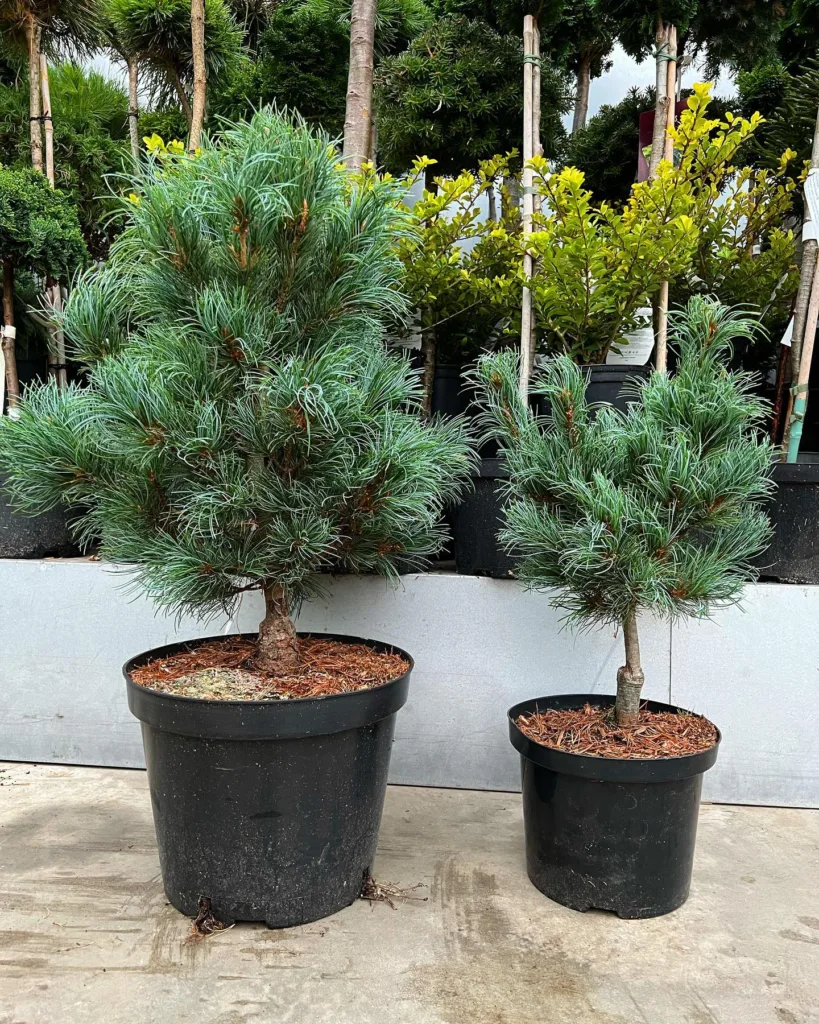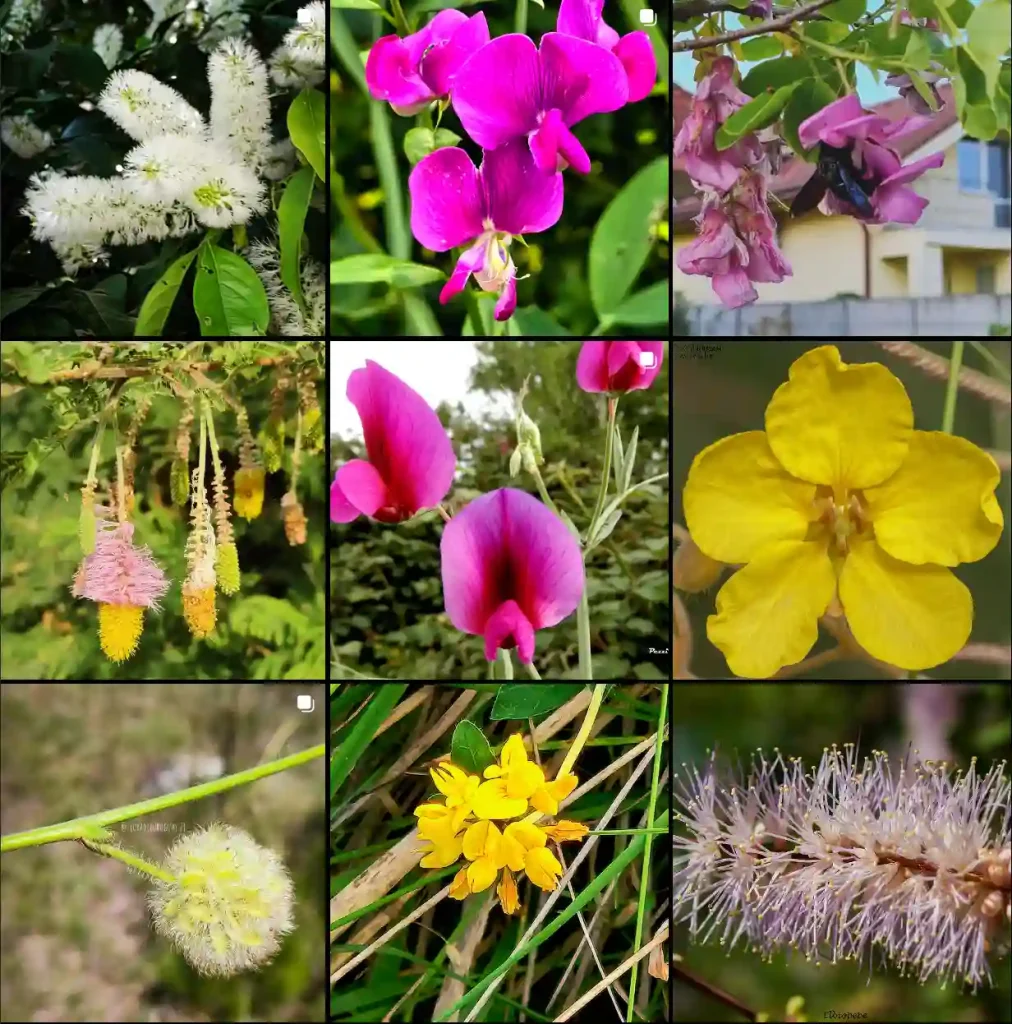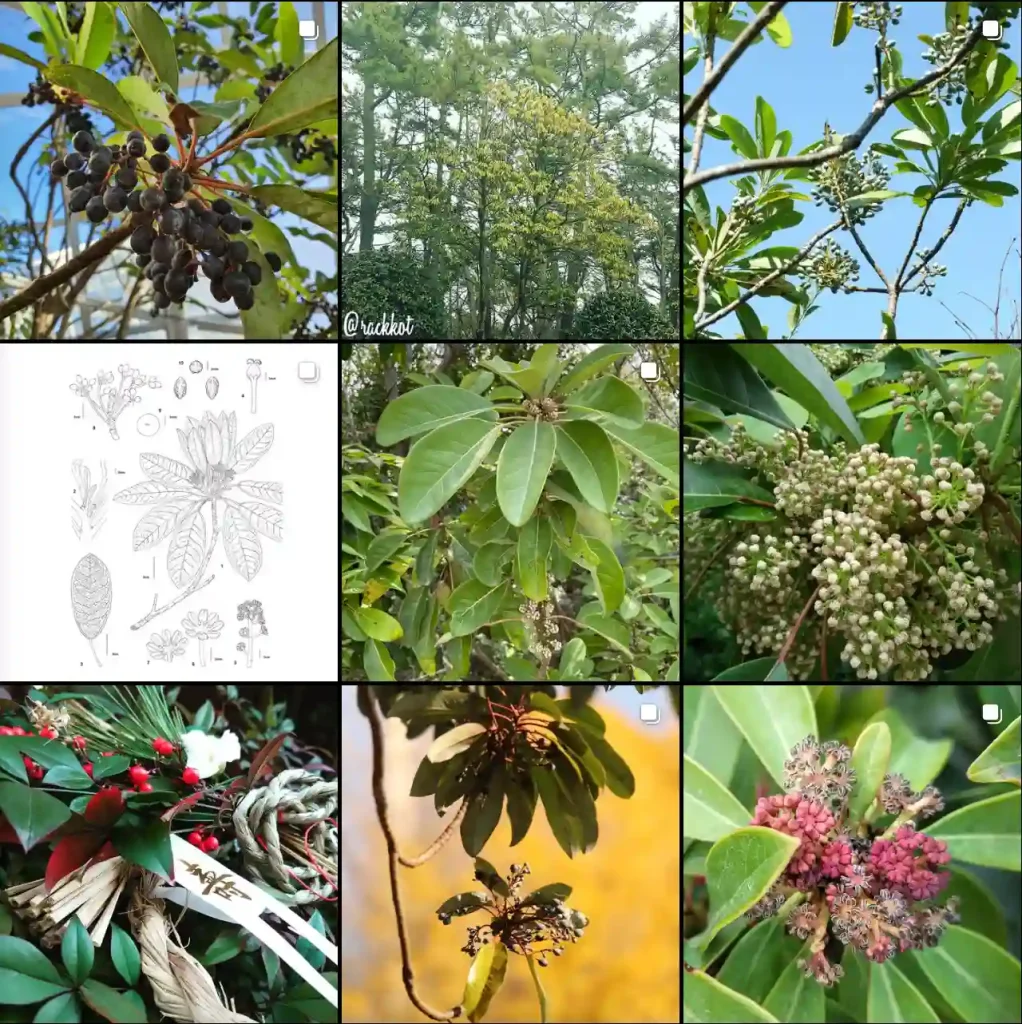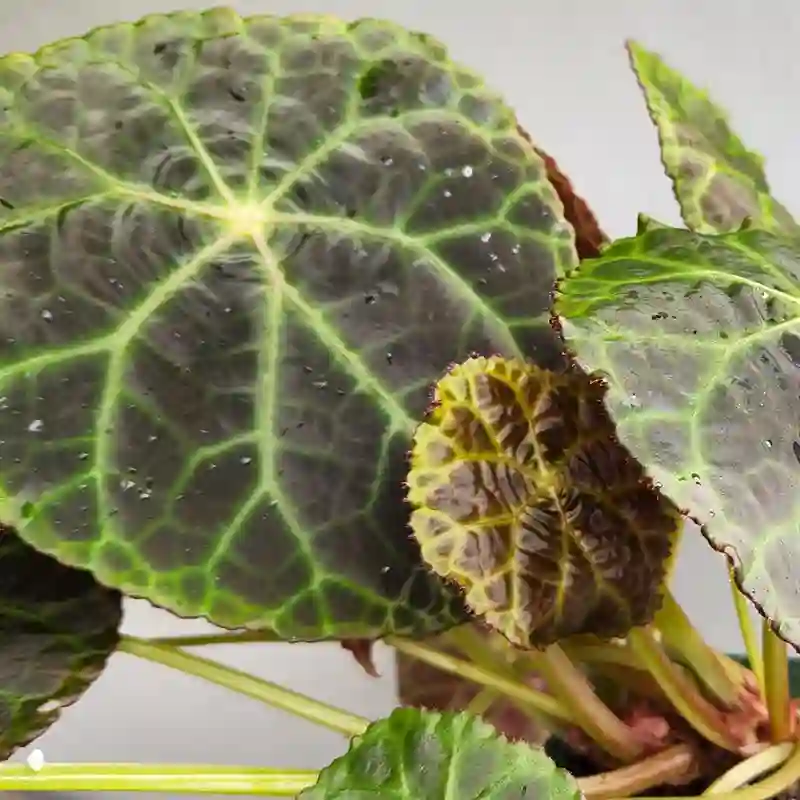What is Lemna Gibba?
Lemna Gibba, commonly known as gibbous duckweed, is a small, free-floating aquatic plant that belongs to the family Lemnaceae. It thrives on the surface of still or slow-moving freshwater bodies. This unassuming plant has captivated me with its simplicity and ecological significance. Its ability to grow rapidly and cover water surfaces makes it an important species to understand and appreciate.
Lemna Gibba vs Lemna Minor
I’ve noticed that Lemna Gibba tends to form thicker mats on the water surface compared to the more delicate Lemna Minor.
Why Should You Care About Lemna Gibba?
You might wonder why anyone would be interested in such a tiny plant. The answer lies in its ecological role and potential applications. Lemna Gibba plays a crucial part in aquatic ecosystems by providing habitat and food for various aquatic organisms. It also contributes to water purification by absorbing excess nutrients and heavy metals, making it a natural ally in combating water pollution.
How Did I Discover Lemna Gibba?
My fascination with Lemna Gibba began during a visit to a local pond. I noticed a thick green mat covering the water surface. Intrigued, I collected a sample and started researching it. What I found was a world of possibilities hidden in this tiny plant. Its rapid growth and ability to thrive in different environments sparked my curiosity and led me to explore its uses and benefits.
How to Care for Lemna Gibba?
Caring for Lemna Gibba is relatively simple, making it an ideal plant for beginners in aquatic gardening. It thrives in calm, nutrient-rich waters with plenty of sunlight. To cultivate Lemna Gibba, you need a container filled with water, preferably with added nutrients like fish waste or organic fertilizers. Regularly check the water quality to ensure it remains conducive to the plant’s growth.
How to Propagate Lemna Gibba?
Propagation of Lemna Gibba is effortless due to its natural growth pattern. It reproduces both sexually and asexually, with asexual reproduction being the most common. Simply placing a small cluster of Lemna Gibba in a suitable water body will result in rapid colonization. Ensure the water has sufficient nutrients and light, and you will witness exponential growth in no time.
What are the Benefits of Lemna Gibba?
Lemna Gibba offers numerous benefits beyond its ecological role. It has potential in bioremediation, biofuel production, and even as a protein-rich food source. Its ability to absorb pollutants makes it a valuable tool for cleaning contaminated water bodies. Additionally, Lemna Gibba can be harvested and converted into biofuel, offering a sustainable energy source. Its high protein content also suggests its potential as an alternative protein source in animal feed and human nutrition.
What Challenges Might You Face with Lemna Gibba?
While Lemna Gibba is relatively easy to grow, it can present some challenges. One of the primary concerns is its tendency to overgrow, which can lead to oxygen depletion in water bodies, negatively impacting aquatic life. Managing its growth through regular harvesting is essential to prevent such issues. Additionally, maintaining optimal water conditions and preventing contamination from harmful substances are crucial for healthy growth.
How to Incorporate Lemna Gibba in Your Garden?
Incorporating Lemna Gibba into your garden or aquarium can enhance the aesthetic and ecological value of your setup. For garden ponds, ensure the water is nutrient-rich and receives adequate sunlight. In aquariums, Lemna Gibba can provide shade and a natural habitat for fish and invertebrates. Its fast growth can help control algae by competing for nutrients, creating a balanced aquatic environment.
What Can You Plant with Lemna Gibba?
Lemna Gibba coexists well with other aquatic plants such as water lilies, water hyacinth, and hornwort. These plants complement each other, creating a diverse and balanced ecosystem. Water lilies provide shade, reducing excessive sunlight and helping control Lemna Gibba’s growth. Water hyacinths can absorb additional nutrients, preventing nutrient overload, while hornworts offer additional oxygenation and habitat.
Why is Lemna Gibba Important for the Future?
The future holds great promise for Lemna Gibba as we explore sustainable solutions to environmental challenges. Its role in water purification, bioremediation, and sustainable agriculture underscores its significance. As we face increasing water pollution and the need for renewable energy sources, Lemna Gibba’s potential applications could contribute to a more sustainable and healthier planet.
Final Thoughts
Lemna Gibba may be a small plant, but its impact is profound. From enhancing aquatic ecosystems to offering sustainable solutions for future challenges, it deserves our attention and care. My journey with Lemna Gibba has been one of discovery and appreciation for the hidden wonders of nature. I encourage you to explore this remarkable plant and discover its benefits for yourself.




